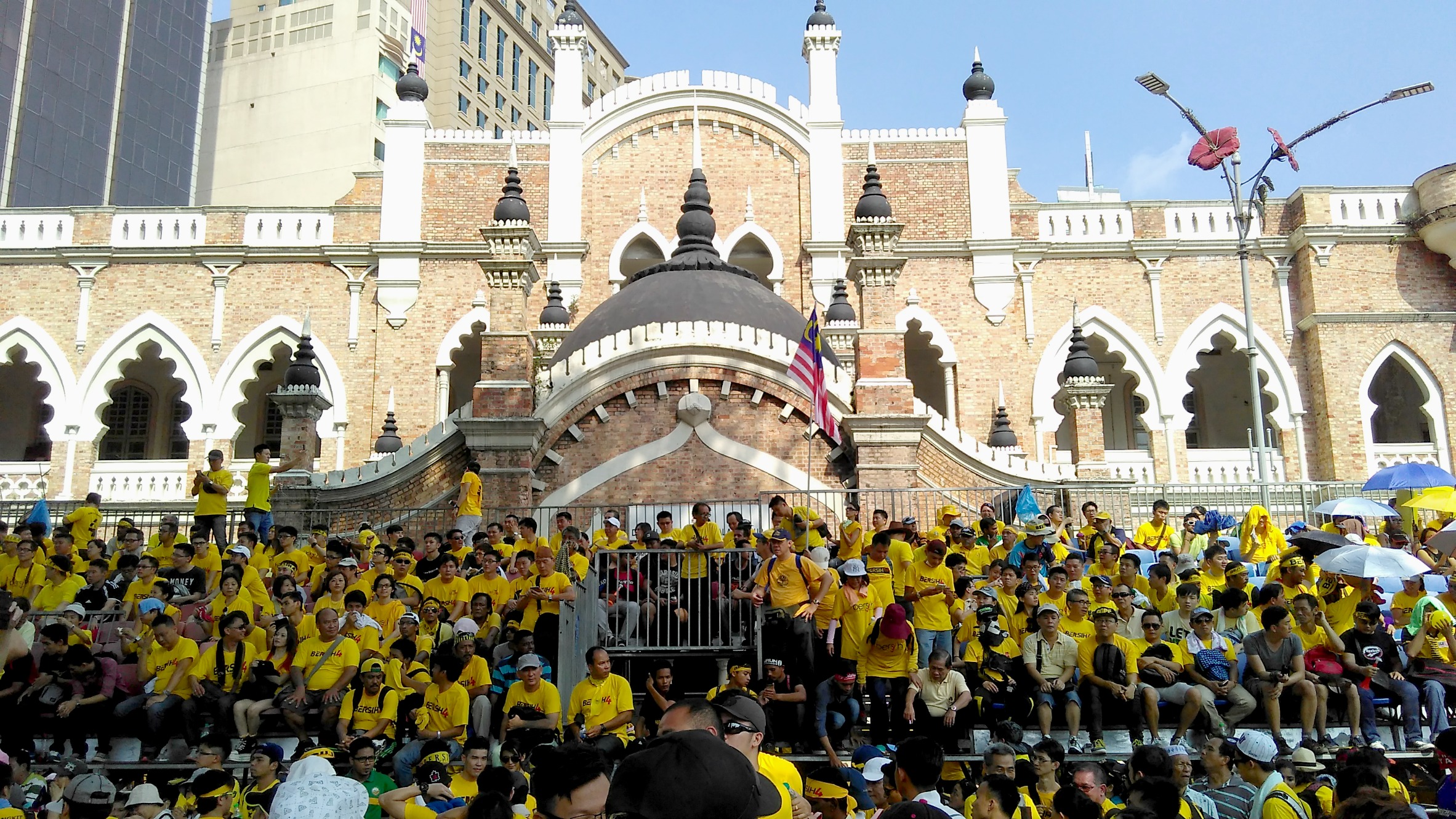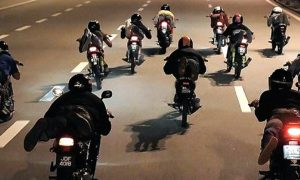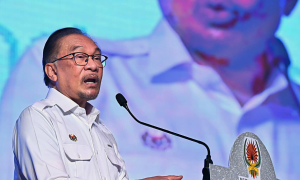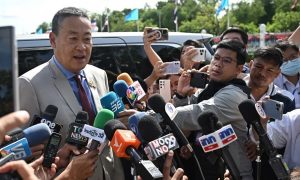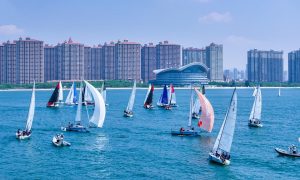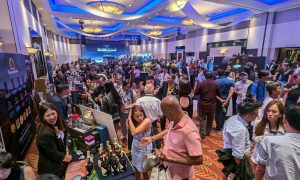This weekend on 19th November, thousands of Malaysians will be gathering in Kuala Lumpur and marching to Dataran Merdeka to demand for electoral reforms and a change in the distribution of power in the political system. There have been four Bersih rallies in Malaysia so far; once in 2007, 2011, 202, and 2015. Over the years, the rallies have grown bigger with more and more people demanding for change, with over 500,000 people showing their support at the last rally in 2015.
Why Bersih?
A coalition of smaller political parties called Barisan National has been the ruling party in Malaysia since independence in 1957. Many feel that this is largely due to a flawed electoral system that weighs heavily in favour of the ruling party, not allowing any opposing parties even a chance of taking over.
So, July 2005 saw the formation of the Joint Action Committee for Electoral Reform with the objective to push through a reform of the electoral process in Malaysia. The committee comprises political parties as well as a few NGOs like Suara Rakyat Malaysia (SUARAM), Women’s Development Collective (WDC), and Writers Alliance for Media Independence (WAMI).
Bersih, which translates to clean and stands for The Coalition for Clean and Fair Elections in Bahasa Malaysia, was launched on 23rd November 2006 with major political party leaders in attendance alongside civil societies and NGOs. Some notable names include PKR president Dr Wan Azizah Wan Ismail, DAP Secretary General Lim Guan Eng, DAP National Publicity Secretary and Minister for Seputeh Theresa Kok, PAS Youth Chief Salahudin Ayub, WDC Maria Chin Abdullah, and SUARAM executive director Yap Swee Seng.
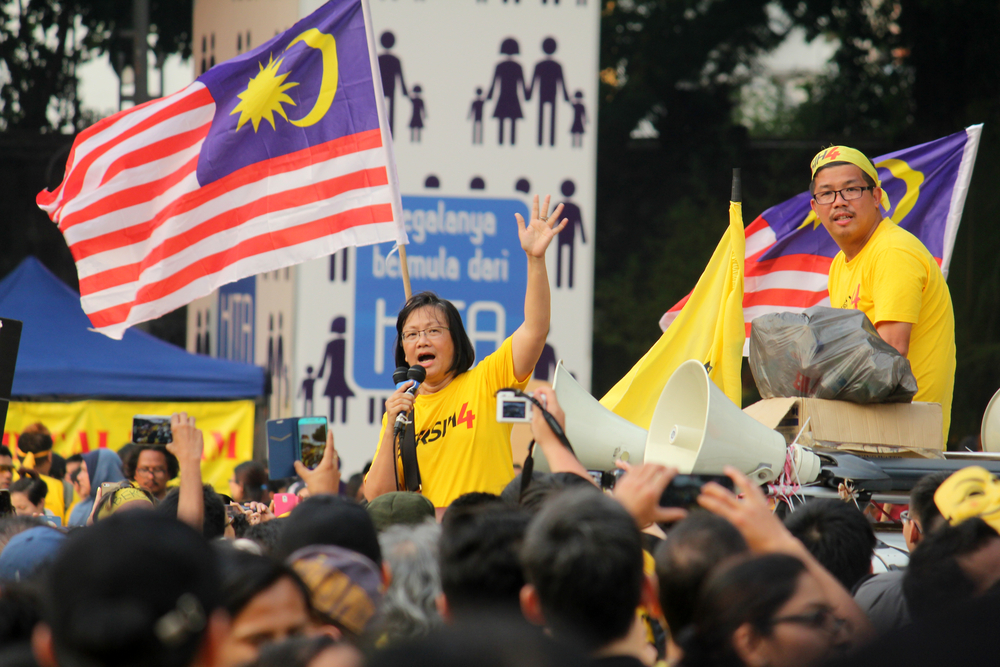
This organisation brought together many people who were fed up of the current electoral process and felt that the country needed reforms. Since the inception, Bersih has organised four high-profile rallies in Kuala Lumpur and around the country to demand for a change in the electoral process, garnering support from thousands of disgruntled Malaysians.
Let’s take a look at the past rallies:
Bersih rally 1 (2007)
In 2007, a mass rally was held to demand four immediate reforms:
- a thorough clean-up of the electoral roll
- the use of indelible ink to prevent multiple voting
- the abolition of postal voting for military and police personnel
- fair access to the mass media for all parties
At the rally, which was attended by thousands of Malaysians clad in yellow – the colour theme chosen by Bersih – a memorandum was presented to the Agong. Unfortunately, the rally was not a peaceful one. The first Bersih rally saw authorities spraying water cannons and tear gas at protesters coming from Masjid Jamek.
However, about 10,000 people from the National Mosque still marched towards the Royal Palace, joined later by other groups and eventually totalling 40,000 strong (according to Bersih’s tally).
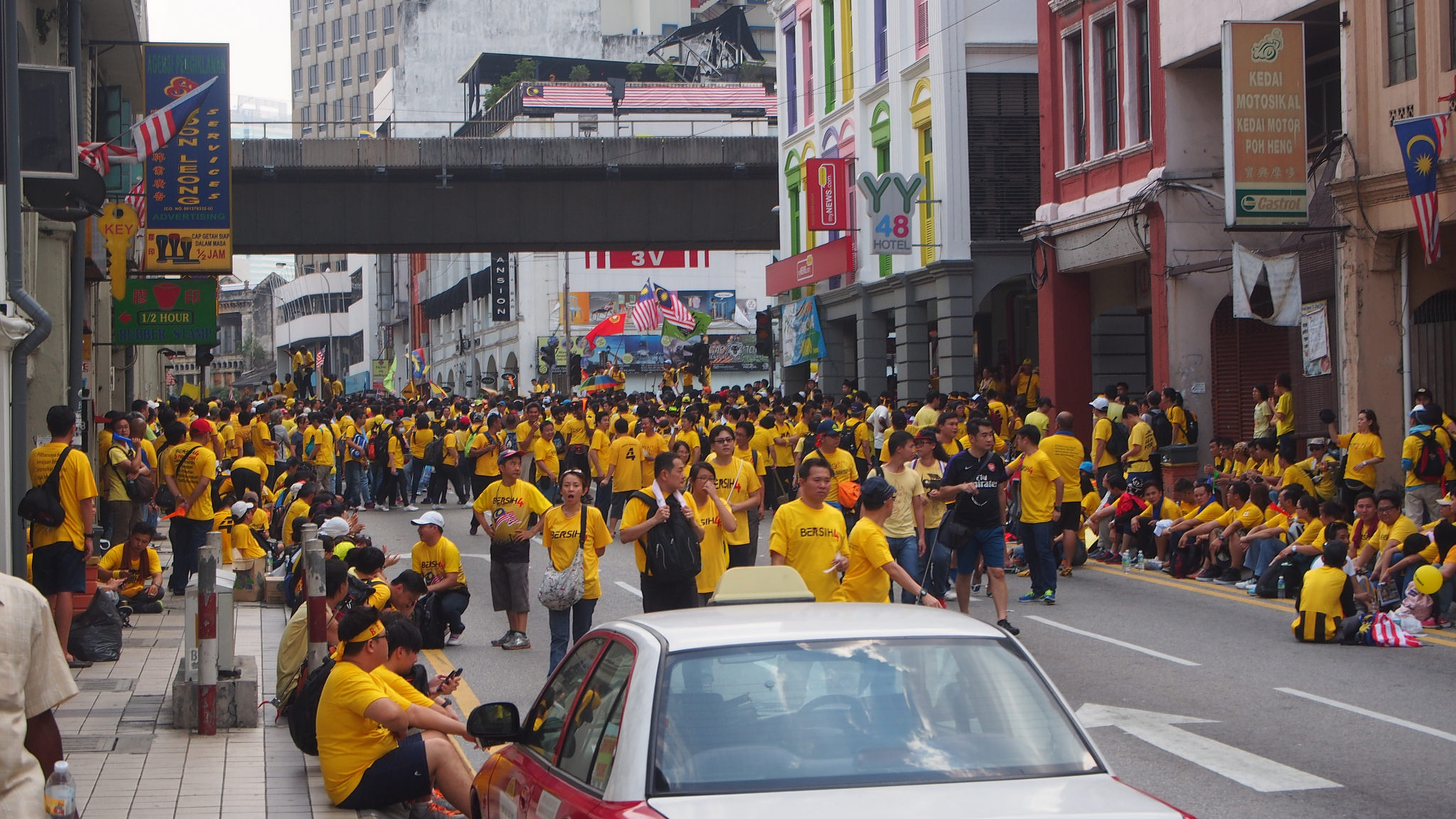
The group was halted by the police about 300 meters from the palace, and a delegation of 7 people were invited into the palace to present their memorandum. That day, around 34 people were arrested at the rally and released later at night.
After that, Bersih decided to continue on their mission to demand for clean and fair elections independent of any political party. So they re-launched as Bersih 2.0, a coalition of civil society organisations that are not affiliated with any political party. This time, their objective is to monitor parties on both sides of the political divide.
Bersih rally 2: Walk for Democracy (2011)
For a few years, Bersih organised talks and seminars on electoral reform. They continued to strongly lobby for a change in the Malaysian electoral process and started to a gain momentum.
In 2011, they announced plans for another rally. At the time, the Chairperson of Bersih 2.0 announced, after a meeting with the King, that the rally would be held at a stadium as offered by the government. However, the permit application to hold the rally at Merdeka Stadium (Independence Stadium) was rejected. The organisation maintained that the rally would be held there anyway.
It was here that Bersih 2.0 introduced their eight demands for clean and fair elections that still stand today. These are:
- Clean the electoral roll
- Reform postal ballot
- Use indelible ink
- Minimum 21 days campaign period
- Free and fair access to media
- Strengthen public institutions
- Stop corruption
- Stop dirty politics
If you’d like to read their full demands and elaborations for each, check out their website bersih.org.
However, only a day before the rally, 91 individuals were barred from entering Kuala Lumpur. The list included the main organisers. The city was also put on lock down, disrupting public transportation systems and traffic.
Despite that, the rally was attended by the 50,000 people who managed to get to Stadium Merdeka. The police retaliated with water cannons and tear gas again, even firing into a hospital. At the rally, over 1000 people were arresting, including politicians in attendance and key Bersih 2.0 leaders.
2011 was also the first time solidarity gatherings were held in cities around the world, organised by Global Bersih, the international network and advocacy arm of Bersih 2.0. At this point, it seemed people were about to see the changes they wanted, as a Parliamentary Select Committee on Electoral Reform was announced and established in the months following the rally.
Bersih 3: Duduk Bantah (2012)
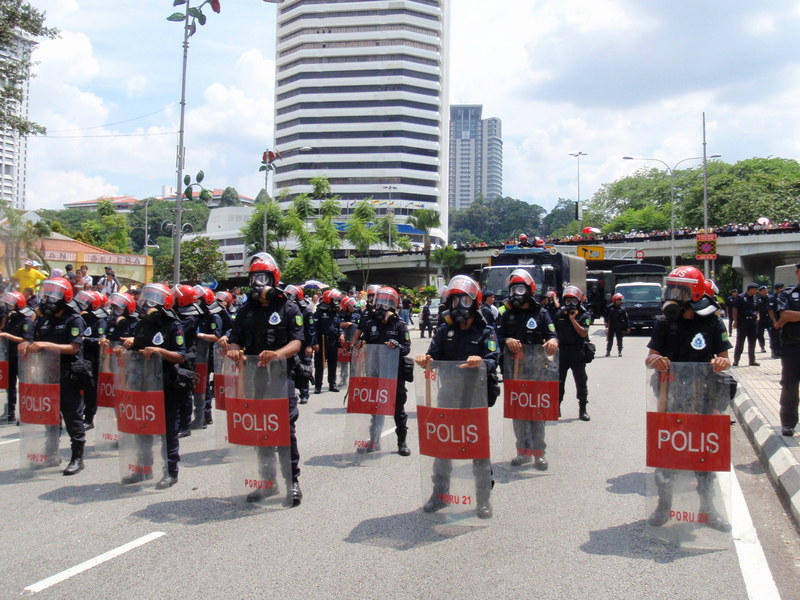
In April 2012, the Parliamentary Committee released a report with 22 recommendations for electoral reforms but without the report presented by the opposition party. It was passed by the Dewan Rakyat (House of Representatives) with no debate.
However, Bersih did not think much of that report, citing two major drawbacks. The first was that the reforms still relied on the existing Election Commission which they felt was incapable and unwilling to carry out these reforms. The other problem they had with the report was the implementation period. Bersih reiterated these reforms should be carried out before the nation’s 13th General Election. To them, the Parliamentary Committee was only drawing this out to give the ruling party an unfair advantage. You can read Bersih’s response to all 22 recommendations here.
So, fearing that the next general election was around the corner and none of their demands for reform were met, another rally was organised. Unsurprisingly, a court order was issued in the days leading up to the rally, barring any protests to be held in Dataran Merdeka (Independence Square).
Roads leading up to the city were also blocked by the police but protesters still gathered in pre-determined locations before walking towards Dataran Merdaka, the end point of the rally. The protest rally was to be a peaceful sit-in, hence the name, Duduk Bantah which translates to sit-in protest. Over 250,000 participating both domestically and around the world in over 85 cities.
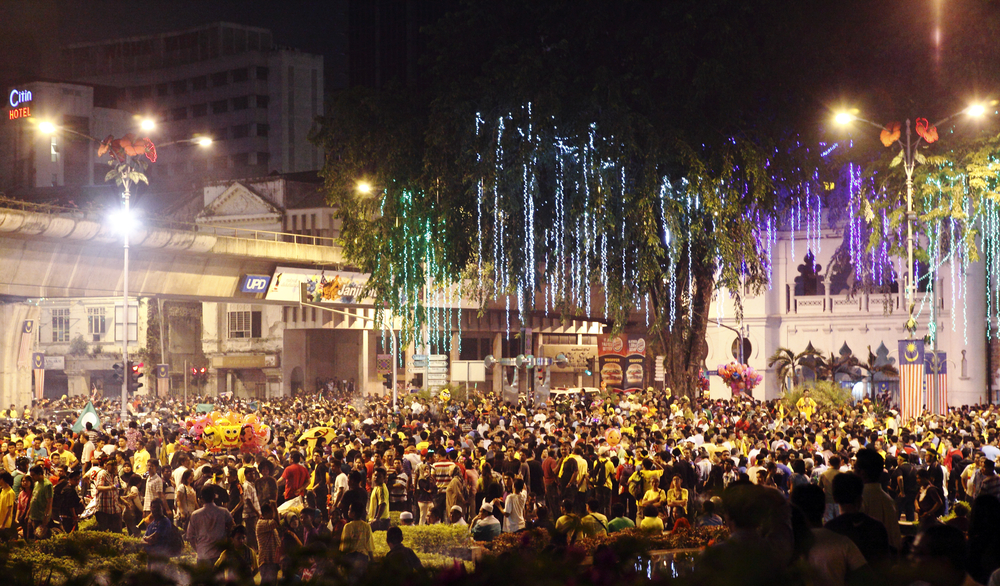
The peaceful rally once again turned south as police fired tear gas and water cannons at protesters to disperse the crowd. 512 people were arrested and, according to Bersih 2.0, at least 70 people were badly injured by unidentified police officers.
However, there were also incidents of protesters being unruly and attacking police vehicles during the rally, hurling verbal abuse at authorities, and breaking through a human barricade of police officers near KLCC.
Bersih 4 (2015)
This time, Bersih turned their focus towards the Prime Minister, Najib Razak and the massive corruption scandal involving 1MDB. Bersih amended their demands, now calling for electoral reforms as well as a change in the concentration of power in the Malaysian government. They laid out their demands in 10 points.
On top of that, Bersih called for PM Najib to take a leave of absence pending the 1MDB investigations and for his accounts and those of his family members to be frozen during the investigations. However, sensing that no change was about to be made and as local investigations into 1MDB seemed to be heavily influenced by the ruling party, Bersih called for yet another rally, condensing their earlier mentioned 10 reforms into five simple demands:
- Clean elections
- Clean government
- The right to dissent
- Protect parliamentary democracy
- Save the economy
The biggest rally to date, Bersih 4 saw 500,000 people gather in the country and in 65 other cities around the globe in a two-day event to demand institutional reforms and the resignation of the Prime Minister.
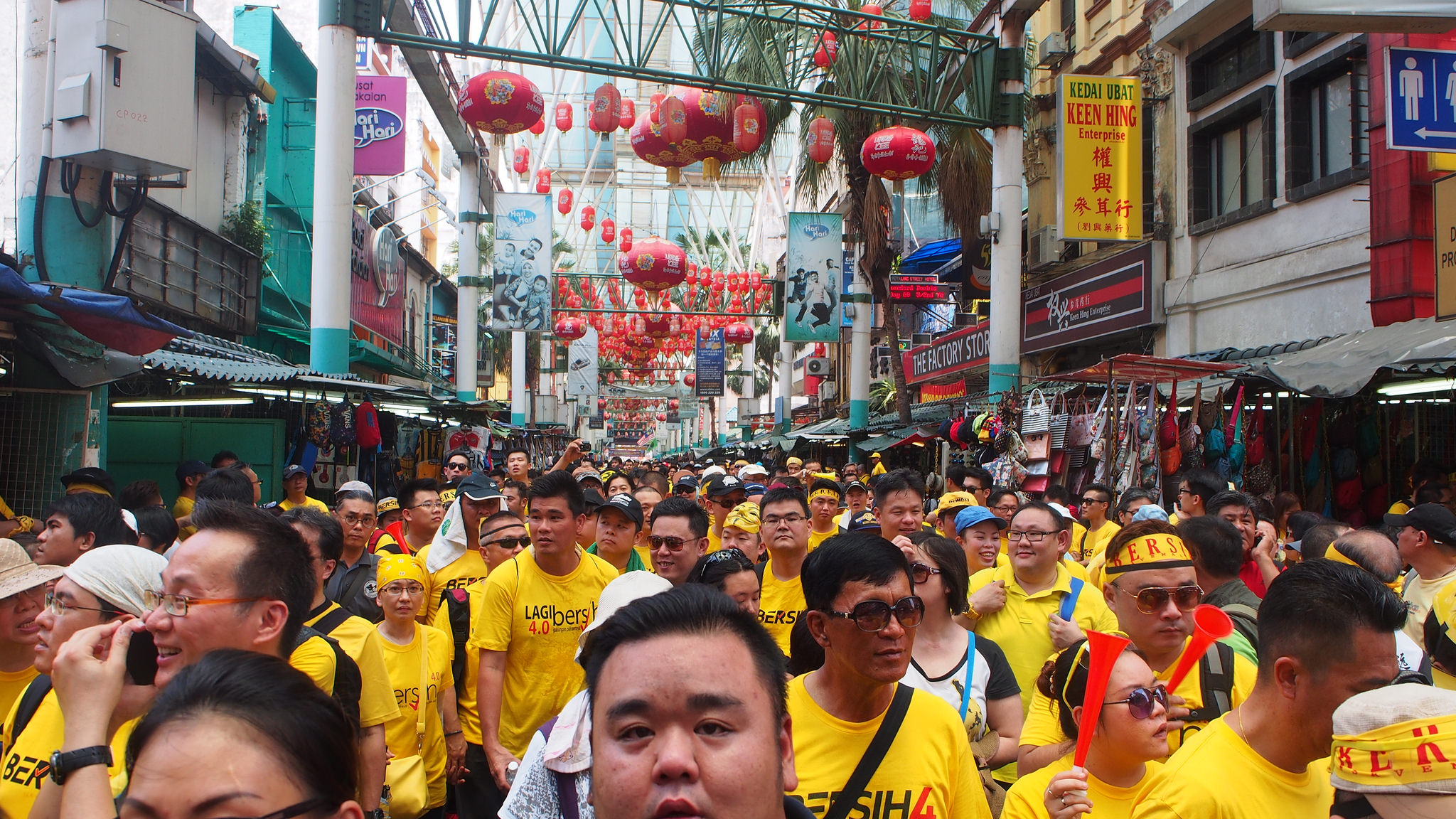
This time, however, authorities decided not to use any kind of force nor did they attempt to disperse the crowd. Dataran Merdeka was cordoned off and no-one was allowed in except a battalion of police officers on guard. Even so, the rally saw passionate protesters marching from various meeting points to gather around Dataran Merdeka and hear speeches from various human rights advocates including the current Chairman of Bersih 2.0, Maria Chin and lawyer, Dato’ Ambiga Sreenevasan. All in all, this was a peaceful rally.
However, while Bersih had been garnering support, they also inspired an anti-Bersih protest, a counter rally in support of Naijb’s premiership. The counter -ally, which was later cancelled, was organised by the National Silat (of self-defence) Federation (PESAKA).
Another anti-Bersih rally, the Himpunan Rakyat Bersatu, which translate to The Gathering United Citizens, was held on 16th September. This rally was also known as the Red Shirt Rally as protesters in this rally all wore red shirts. However, far from being peaceful, the red shirt rally goers, totalling a few thousand, were trained in ‘self defence’. One of the demonstrations in front of a Department store in KL showed the groups members breaking tiles and woods with their hands and bodies.
The red shirt rally was, effectively, a show of support for Najib and the ruling government, with many UMNO members taking part as well.
Bersih 5 (2016)
This year, with many still dissatisfied about the unreliable way in which the 1MDB probe was conducted, Bersih has announced its fifth rally.
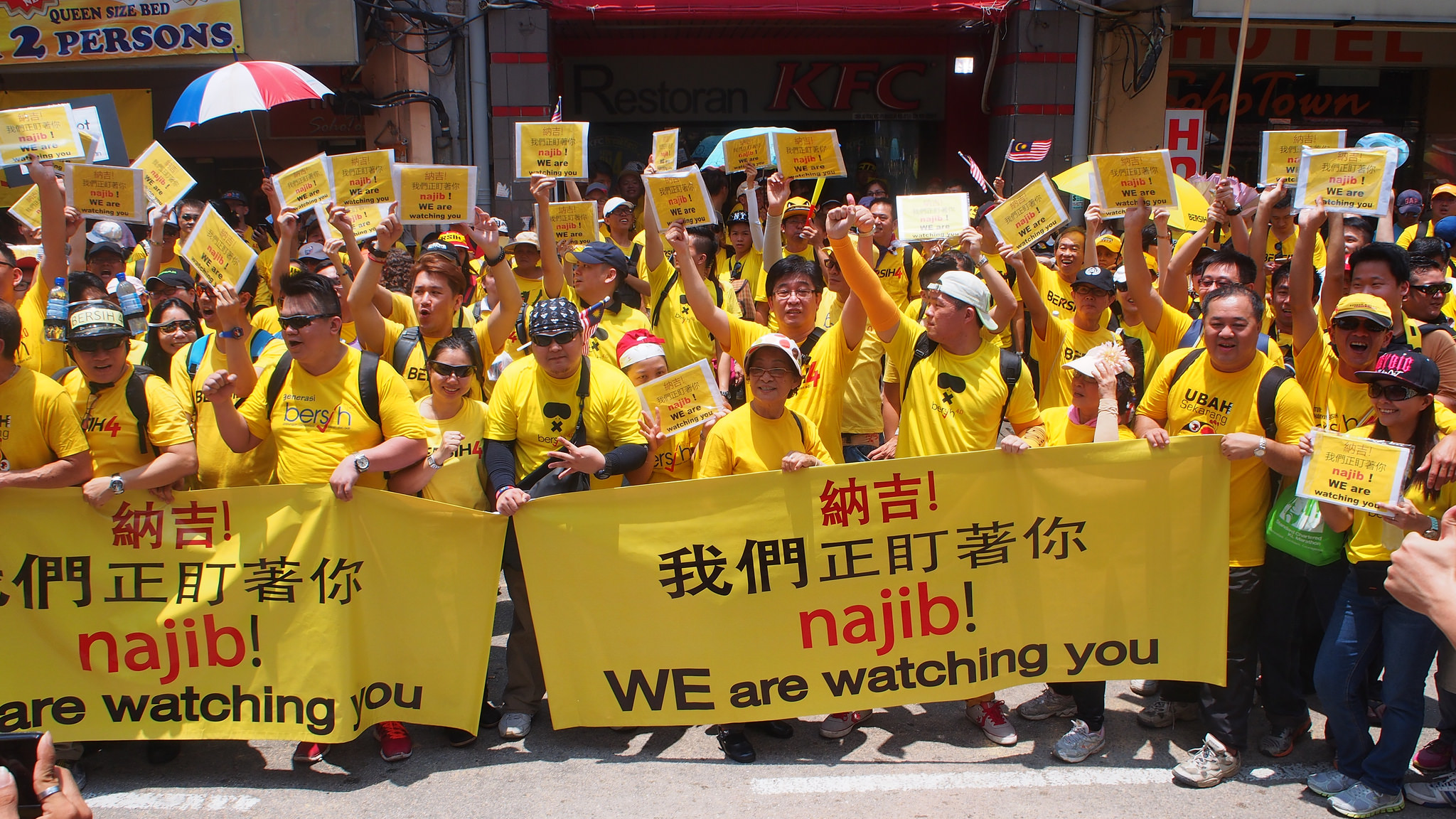
November 19th will see thousands of Malaysians back on the streets of KL and in cities around the world rallying to once again, demand electoral reform. The five demands this year are:
- Clean elections
- Clean government
- Right to dissent
- Defend parliamentary democracy
- Empowering Sabah and Sarawak
This year, Bersih has decided to make their way across Malaysia with a roadshow for a month, ending at the rally in Kuala Lumpur. Their objective: to raise awareness about Bersih 5 demands for reforms and the severity of the 1MDB scandal. The roadshow, which started on 1st October, is estimated to Bersih have visited over 246 cities, towns and villages in Sabah, Sarawak, and Peninsular Malaysia.
However, the Red Shirt group led by Jamal Yunos organised a convoy of their own – tailing the Bersih team as they make their way across the country. There have been a number of incidents involving Red Shirt members intercepting, harassing, and assaulting participants of the Bersih convoy. Their leader has even threatened to harm Bersih 2.0’s chairman, Maria Chin.
Tensions run high
As of this moment, Bersih has not been granted a permit to gather at Dataran Merdeka, but the committee has announced that the rally will continue as planned on 19th November 2016. At the same time, Jamal Yunos has stated that the Red Shirt Rally will take place at the same time and place as Bersih 5, in opposition of Bersih. Neither organisations have permits to conduct their respective rallies.
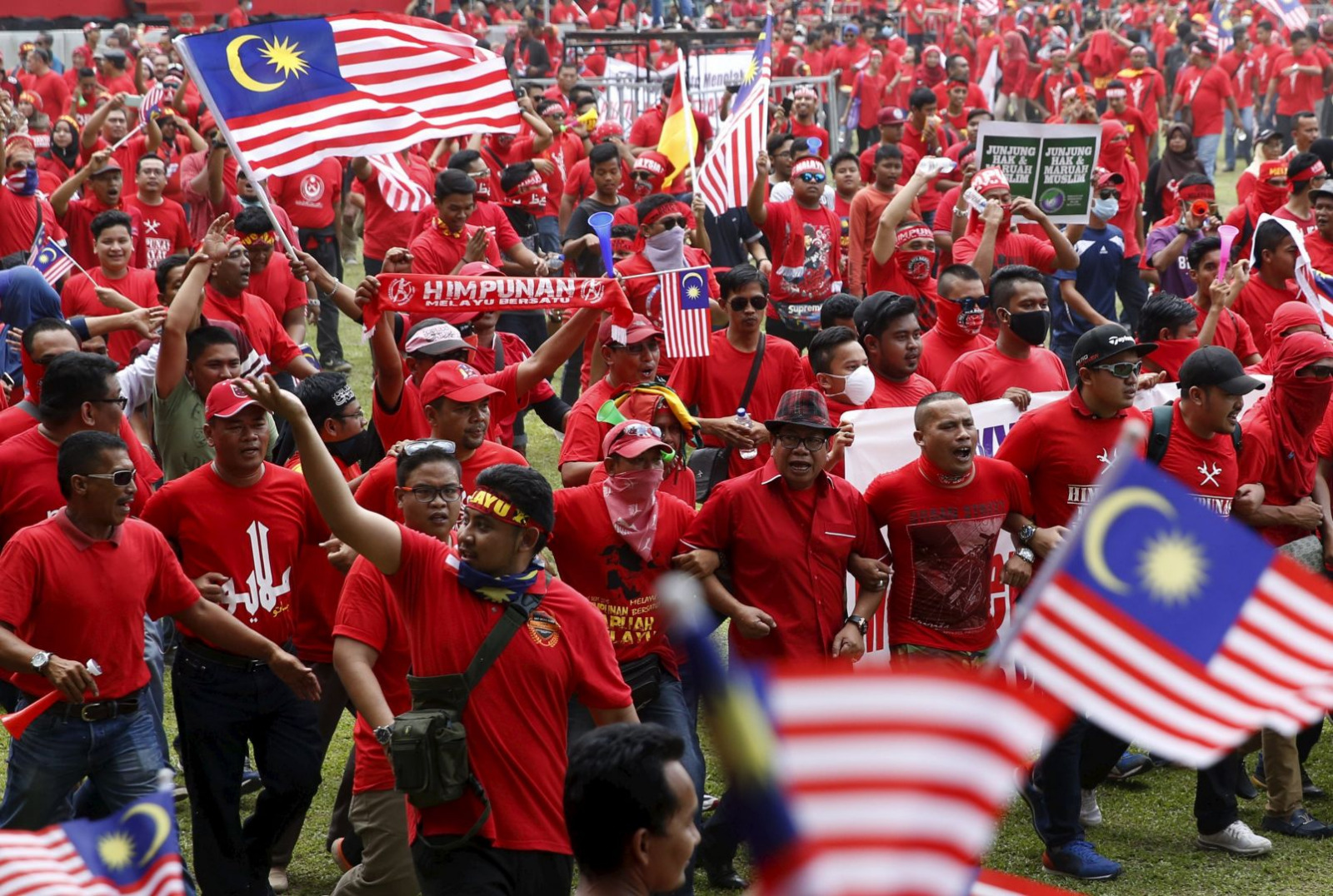
Right now, there’s a worry that trouble is brewing with the Red Shirts as they plan on protesting head to head with Bersih. The protesters clad in red have escalated their emotionally charged threats and behaviour in the past month or so. Only two days ago, a group of Red Shirts were harassing MP Zuraida Kamaruddin and her Bersih supporters in Ampang.
Red Shirt leader Jamal Yunos was seen shoving a man in a Bersih t-shirt, so the police stepped in and a scuffle broke out between the red shirts and the authorities. Jamal Yunos ended up with a bloody nose and two other men were arrested. Yunos then vowed that his group would be more aggressive towards Bersih after that, as reported by The Star.
"ExpatGo welcomes and encourages comments, input, and divergent opinions. However, we kindly request that you use suitable language in your comments, and refrain from any sort of personal attack, hate speech, or disparaging rhetoric. Comments not in line with this are subject to removal from the site. "


